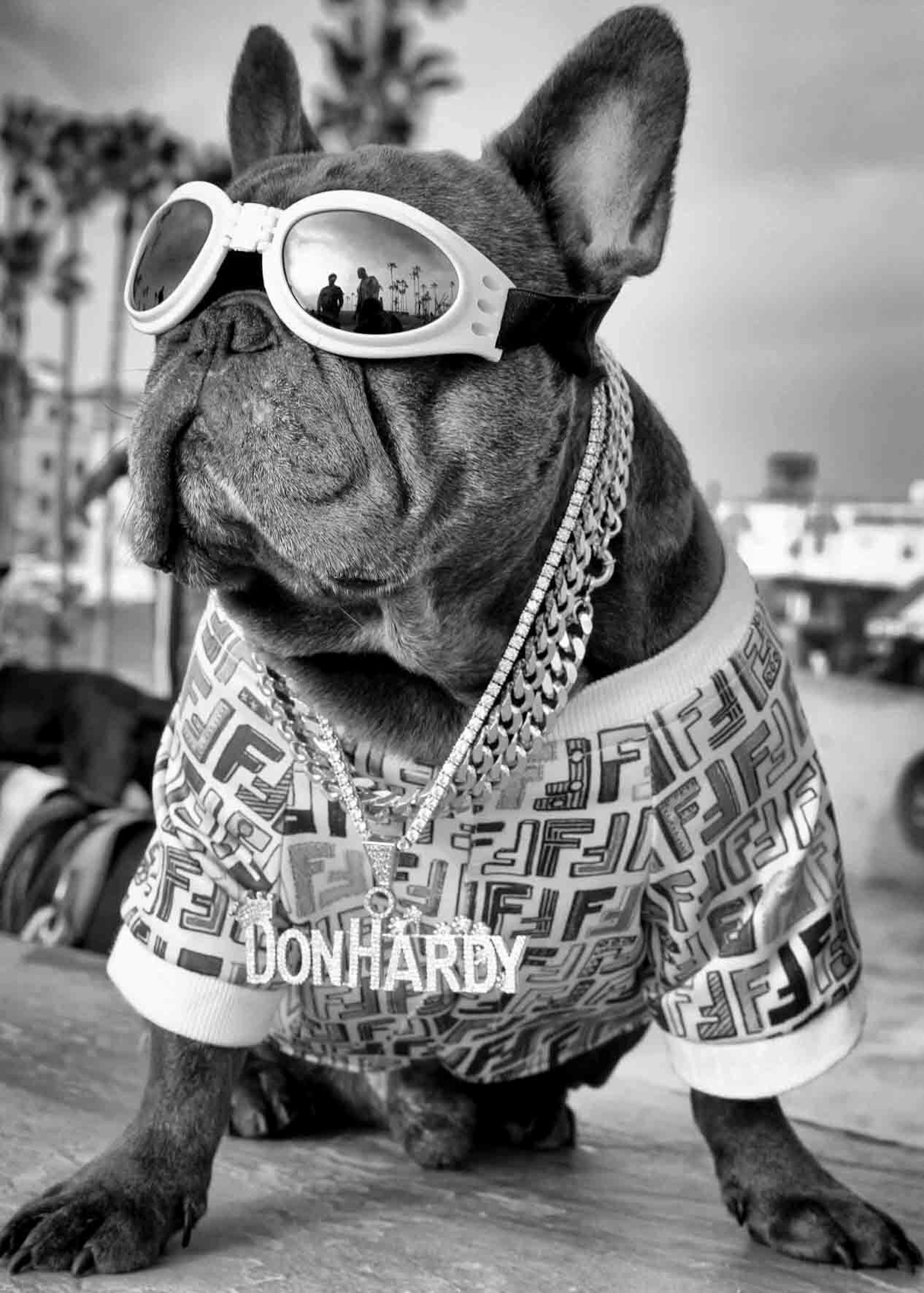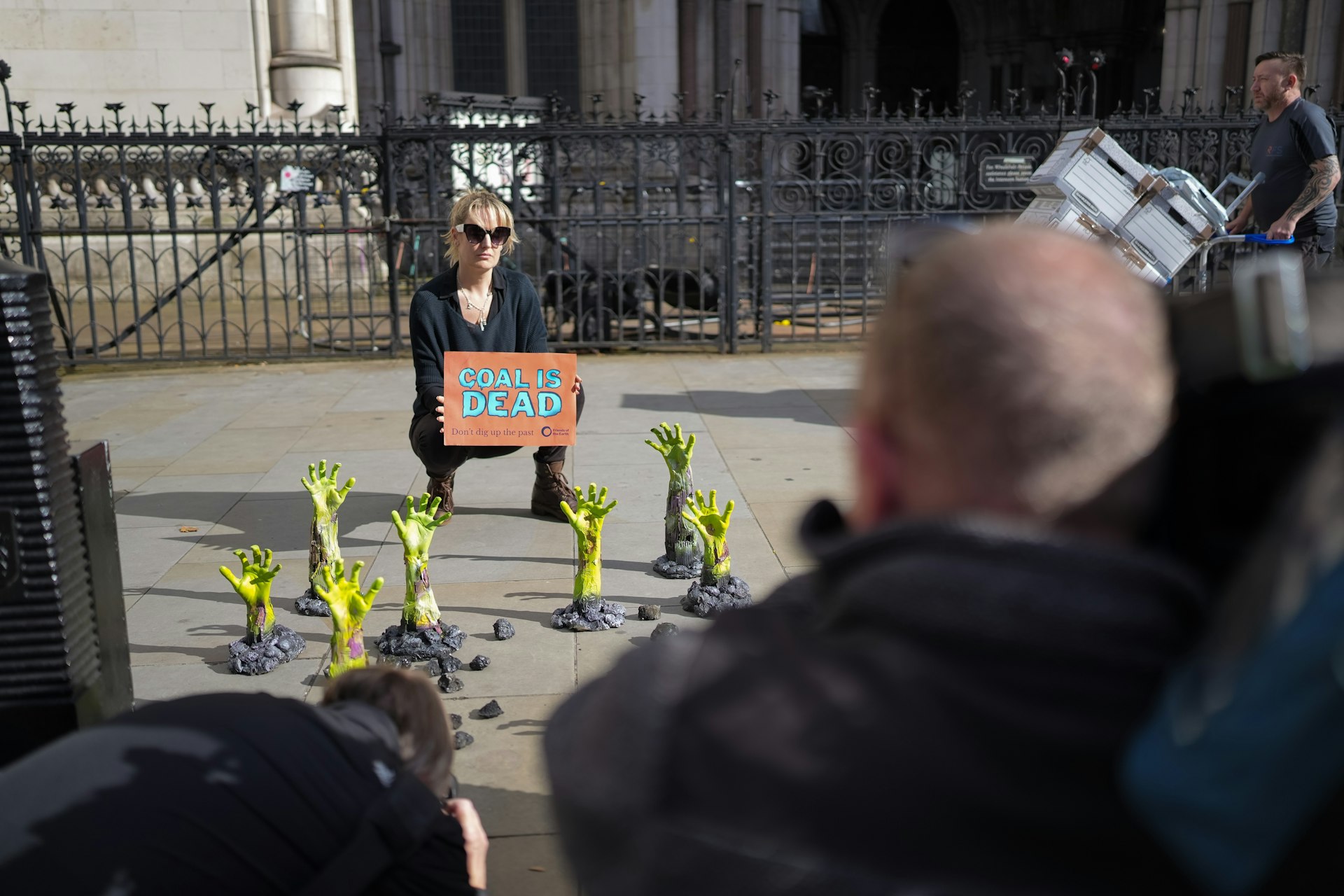The new voices shaking up contemporary African art
- Text by Miss Rosen
- Photography by the artists and HAART

In recent years, the Contemporary African scene has found itself on the cutting edge of the art world, where collectors are determined to get ahead of the curve. Since the creation of the 1-54 Contemporary African Art Fair in 2013, the market growth has been described as a bonanza, though it accounts for less than four per cent of global sales.
While travelling between London and Lagos, British-Nigerian lawyer Maryam Lawal was so impressed by the captivating works by young artists from Africa and the diaspora that she decided to create the House of African Art, a platform to showcase their works abroad in dynamic new ways.
“I think the traditional art gallery experience can be quite isolating,” Lawal says. “You go in and there is only a label on the wall to explain the work. Most times, nobody talks to you or tries to help connect the artwork and the viewers. I want to break away from that and look at how ideas cross into different art forms to deliver art in an engaging way that leaves people feeling like art is for them.”

Aurélia Durand, Triplettes (2018)

Emmanuel Unaji, Adam and Eve (2018).
With HAART’s inaugural exhibition, The Next Wave: The Power of Authenticity and Self-Validation, Lawal does just this, curating a group exhibition featuring the work of Ayesha Feisal, Àsìkò, Kojo Marfo, Aurélia Durand, John Madu and Emmanuel Unaji accompanied by artists talks, spoken-word performance, and music.
“The Next Wave is a rebirth, trying to change and break away from outdated perceptions of what artists of African origin are doing,” she explains. “I think in the general public’s mind, when they hear the term ‘African art,’ there are some images that immediately come to mind, like tribal masks and women with Kalabash bowls on their heads.”
“It’s about getting away from outdated ideas, generating new perspectives, and sending messages of pride, strength, and being bold. The more authentic a person is, the greater the diversity of narratives there will be.”

Kojo Marfo, Peddlers Corner.

Àsìkò, Duality of Purpose (2017).
Lawal chose each of the exhibiting artists for the ways they centred and combined different aspects of African life: “Aurélia Durand’s characters are very pop; she called them ‘Afropean’ and they are always enjoying life, very confident, celebrating their traditional African culture or features, hair, and prints.”
John Madu’s paintings from the Before 4 PM series make a thoughtful counterpoint, offering a psychological portrait of identity in the age of social media, while Emmanuel Unaji uses pictures from magazines look at how the blizzard of visuals from social media, mass media, and popular culture change the way we see other people – and ourselves. Then there is Àsìkò’s glorious homage to African womanhood, a pure display of intelligence and beauty.
Drawn to artists who examine the intricacies of inner life, Lawal chose the work of Kojo Marfo to examine religion, spirituality, and African deities. “He delves deeper to try to encourage people to look at what their beliefs are, where they come from, and how their beliefs have been shaped over the years,” she adds. It’s an apt description for Lawal, and the mission of the House of African Art itself.

Aurélia Durand, Trois Mecs.

Emmanuel Unaju, Float Like a Butterfly, Sting Like a Bee

John Madu, Can’t Wait (Before 4pm series) (2018).

Kojo Marfo, The Chief And His Calabash.

Àsìkò, Flamboyant burdens (2018).

Aurélia Durand, Deux Reines (2018).

Àsìkò, I am Woman? (2017).

John Madu, Salty (Before 4pm series) (2018).
The Next Wave: The Power of Authenticity and Self-Validation will be held March 21-26 at Hoxton Arches, London.
Follow Miss Rosen on Twitter.
Enjoyed this article? Like Huck on Facebook or follow us on Twitter.
Latest on Huck

Autism cannot be cured — stop trying
A questionable study into the ‘reversal’ of autism does nothing but reinforce damaging stereotypes and harm, argues autistic author Jodie Hare.
Written by: Jodie Hare

Bristol Photo Festival returns for second edition
After the success of it’s inaugural run, the festival returns this autumn with exhibitions, education and community programmes exploring a world in constant motion through still image.
Written by: Ben Smoke

Documenting the life of a New York gang leader paralysed by gun violence
New photobook ‘Say Less’ is a complex yet humanising look into a life wrecked by gun violence and organised crime.
Written by: Isaac Muk

The woman who defined 80s Hip Hop photography
A new exhibition brings together Janette Beckman’s visionary and boundary pushing images of an era of cultural change and moral panic.
Written by: Miss Rosen

In photos: the dogs of Dogtown
A new photobook documents Venice Beach’s four legged friends and their colourful cast of owners.
Written by: Isaac Muk

Inside the battle to stop coal
As the legal challenge against Britain’s first deep coal mine in 30 years reaches the High court, we talk to activists at the centre of the fight to stop it.
Written by: Ben Smoke